| One of the most enduring symbols of Christmas is the Christmas tree. The history of the Christmas tree goes back over a thousand years and their earliest origins are widely debated. Prior to the Victorian period, Christmas trees were a German tradition that consisted of a few variant traditions including bringing small, trees indoors that would be hung from the ceiling of the home, decorated with edible ornaments, or stationed in an open public space to be danced around and burned. |
| The tradition of bringing Christmas trees into the home made it to Great Britain at the beginning of the Victorian period when King Albert, Queen Victoria’s German husband, introduced the tradition to Buckingham Palace in 1841. These early Victorian trees were originally decorated with edible ornaments and lit with candles, featuring a baby Jesus, angel, or star on top. A popular drawing of the Queen and Prince around their Christmas tree was republished in the US in 1850 (pictured above), triggering an uptick in the tradition of decorating trees in the United States. |
| As the tradition of decorating Christmas trees came into vogue, so did the tradition of lighting the trees with candles to bring out the sparkle of the glass ornaments. With the placing of candles on drying trees, there was a rapid increase in home fires leading to proposals led by insurance companies to ban the practice. A safer alternative was to use electric lights, which were in their infancy for production, meaning they were incredibly expensive. Early electric lights to illuminate a single tree could cost upwards of $2000 in today’s money, pricing them out of reach for the large majority of Americans. |
| Parlor games, a year-round past time, took a sometimes dramatic turn around Christmas and New Years, with a crowd favorite being Snapdragon. Snapdragon was played by filling a shallow bowl with rum, scattering some raisins in the alcohol, and lighting the whole thing on fire. The goal of the game was to pick the raisins out by hand and eat them while they were still on fire. Other less hazardous games included charades, the sculptor (where one person poses the others into difficult poses and shapes and everyone has to hold the poses without laughing, falling over, or otherwise breaking their pose), and name the nursery rhyme. Caroling or wassailing was also a pastime around Christmastime, with carolers being invited into the home to drink from the wassail bowl (a bowl of hot mulled cider). Traditions around kissing under mistletoe were also popular at this time. |

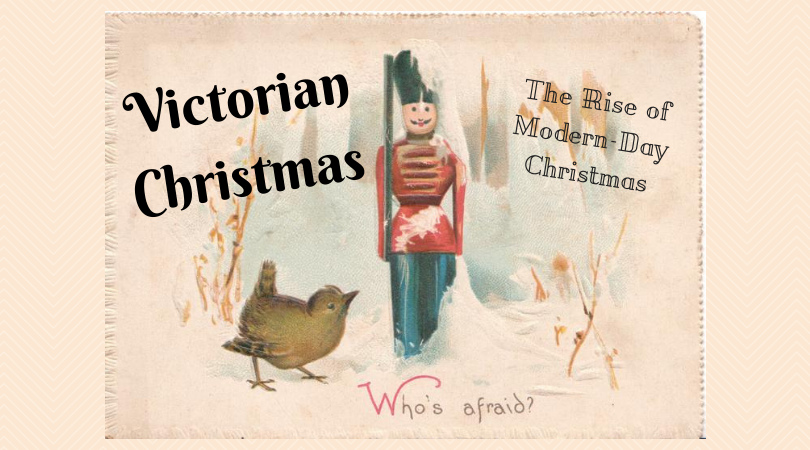
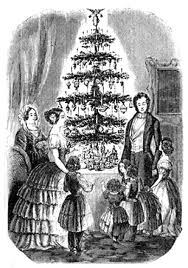
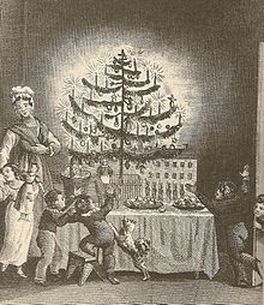
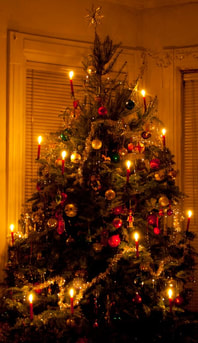
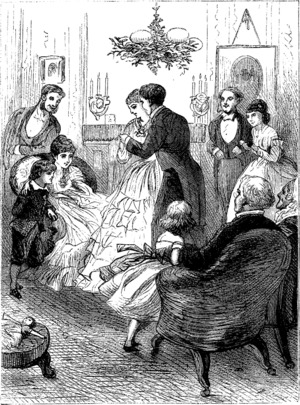
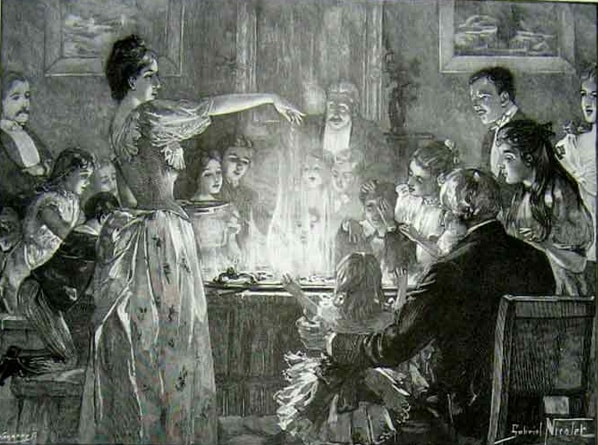
 RSS Feed
RSS Feed